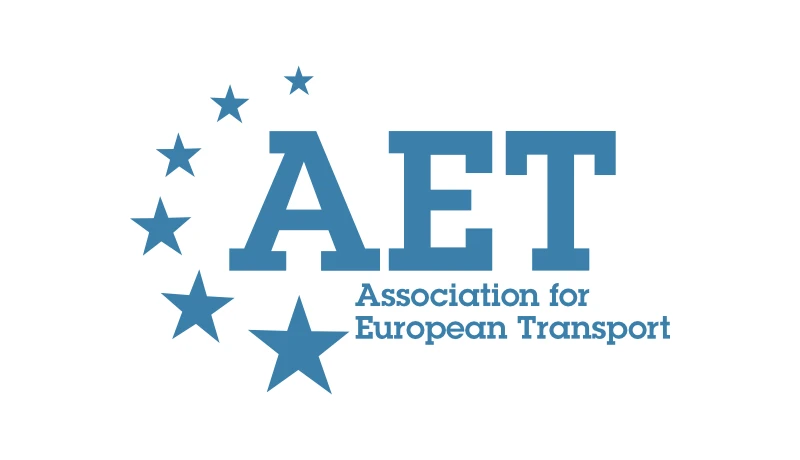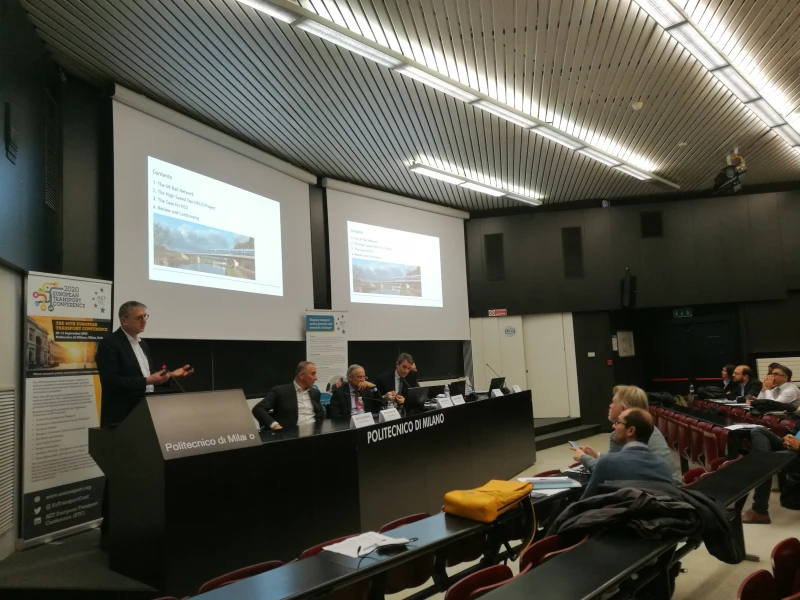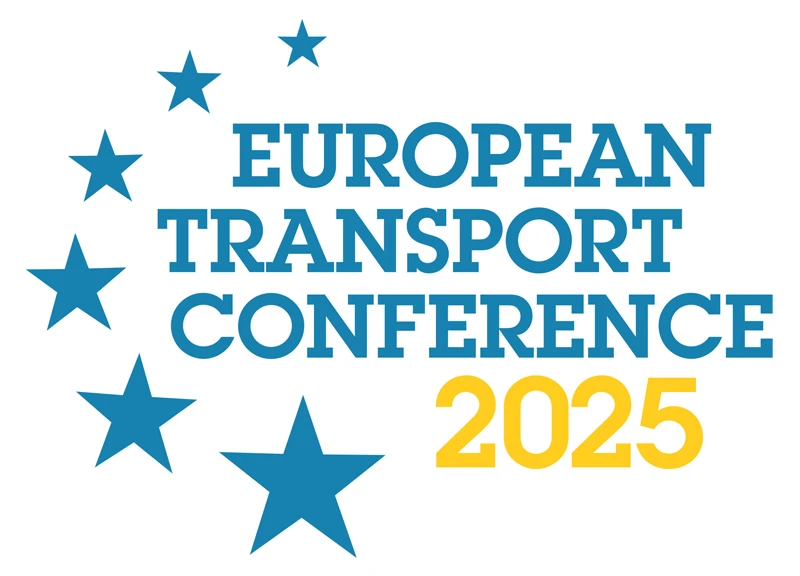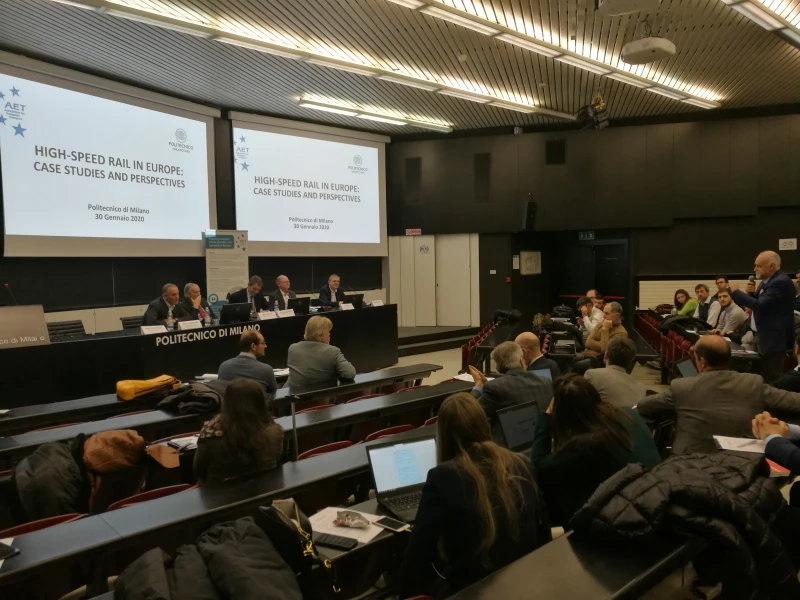-
Past ETC Papers
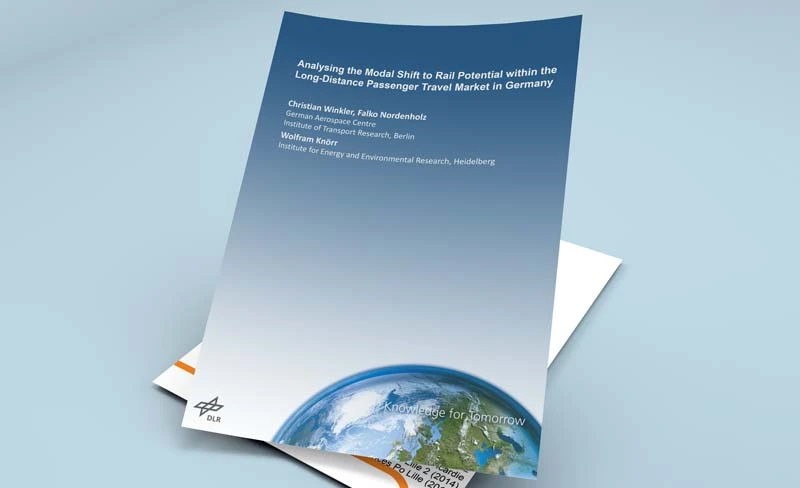
Browse, search and view papers from the past AET Conferences.
-
Members' Area
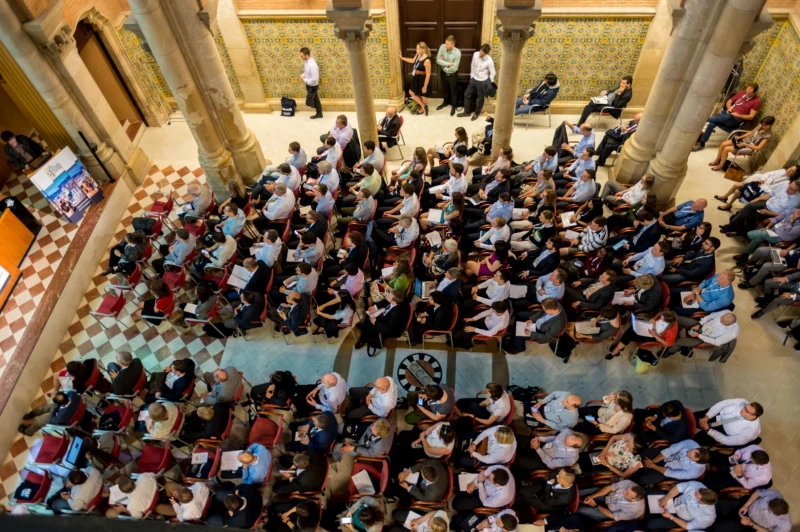
AET promotes networking and exchange of ideas, information and opportunities amongst members.
ETC Conference Papers
Conference Past Papers Repository
The seeds of competition in long-distance rail transport. Comparing the early open-access countries
Seminar
Day 2 (10 Sep 2020), Session 6, Rail Competition, 15:30 - 17:30
Status
Accepted, documents submitted
Submitted by / Abstract owner
Vilém Pařil
Authors
P Beria, S Tolentino, V Lunkar, Politecnico di Milano, IT; V Pařil, M Kvasnička, Masaryk University, CZ
Short abstract
The paper provides a comparison of some European long-distance rail markets, both liberalised and not, based on a sample of more than 80 city-pairs. We discuss the supply structure, main operators’ strategies, prices and level of competition.
Abstract
Europe is finally entering in a season of liberalisation in the long-distance rail passenger market. The model generally chosen is that of open-access direct competition among public and private operators. Despite already allowed by the Third European Package, early experiences of open access countries are few and limited in scope: Austria, Sweden and Germany (plus UK, but in a totally different normative framework). The two main exceptions are Italy and Czech Republic (now expanding in the neighboring countries), where three operators – Italo, RegioJet and LeoExpress – reached a significant size and provide numerous services on the entire country. For the coming years, many evolutions are expected, especially in Germany, France, Belgium and Spain where new large-scale competition is foreseen thanks to the entry of at least four new players (Flixtrain in France, Belgium and Sweden, RIELSFERA and ILSA in Spain, Trenitalia in France).
The paper provides a broad-scope comparison of some relevant European long-distance rail markets, both belonging to liberalised and non-liberalised countries, with the aim to point out the risk and opportunities of market opening.
More in detail, we will discuss the country’s supply structure, the main operators’ strategies, the prices and the level of competition, based on a sample of more than 80 pairs. Methodologically, the paper will compute the price-per-km and for OD pairs, to be compared with intramodal and intermodal competition measured through HHIs. This will allow both to understand the effect of competition together with competitors’ strategies. The exercise is not linear, as price-per-km is distance-dependent, making pointless the simple price-per-km comparison. We will also indirectly discuss the effect of other factors on prices, such as quality of service and willingness to pay.
While the effect of competition on prices is not straight, as load factors can in some markets decrease and total costs increase, it can be shown that it generally leads to managerial reforms via the use of yield management techniques and price determination often setting up an increase supply-quality relationship. By investigating such trends, we would be able to comprehend such strategies used by the newcomer and if it manages to create stable market equilibrium. This would also ultimately help us predict what could happen in the future for the countries “in competition” under open access if they continue the current market strategies.
Programme committee
Rail Policy and Planning
Topic
The future of transport
Documents:
Association For
European Transport
Forester House
Doctors Lane
Henley-in-Arden
Warwickshire, UK
B95 5AW
+44 (0) 15 64 793552
VAT number: 710 1866 64
Conference Supporters & Endorsers




Legal Entity
The Association for European Transport is registered as an Association ('vereniging') with the Chamber of Commerce for Haaglanden in The Netherlands under company number 27170096.
Built on Zenario

